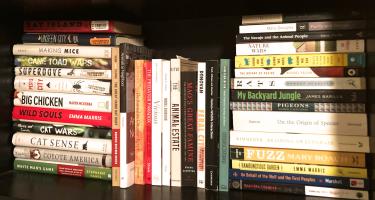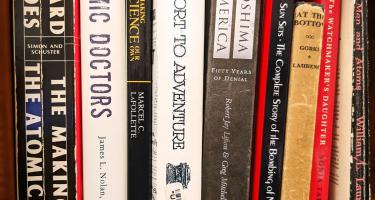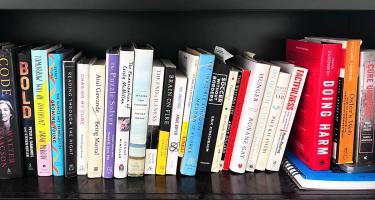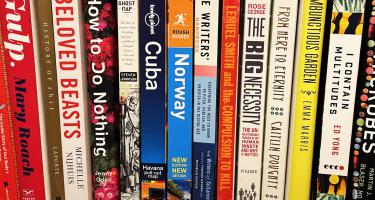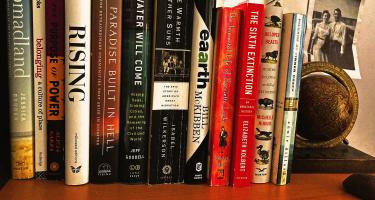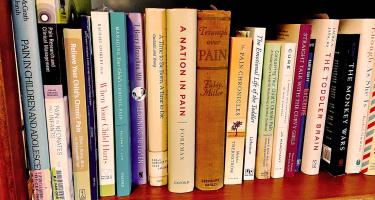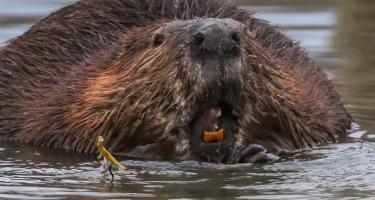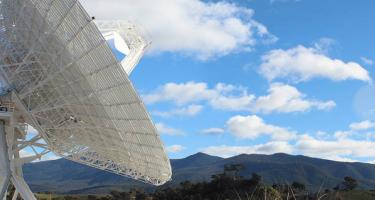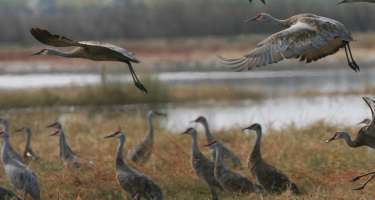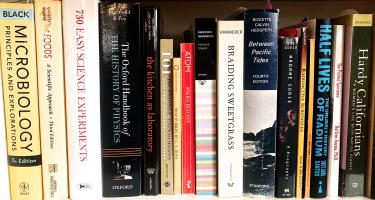
Liz Lee Heinecke—Sheet Pan Science: 25 Fun, Simple Science Experiments for the Kitchen Table
Turning a sheet pan into a science lab involves no alchemy, only the wizardry of kitchen pantry scientist Liz Lee Heinecke. In Sheet Pan Science, Heinecke provides photo-illustrated guides to 25 fun home experiments. Using baking powder, cornstarch & other kitchen staples, readers aged 7 to 10 will learn the science behind pyramid & cube-shaped bubbles, tie-dye milk, kaleidoscopic eggs, & more.
